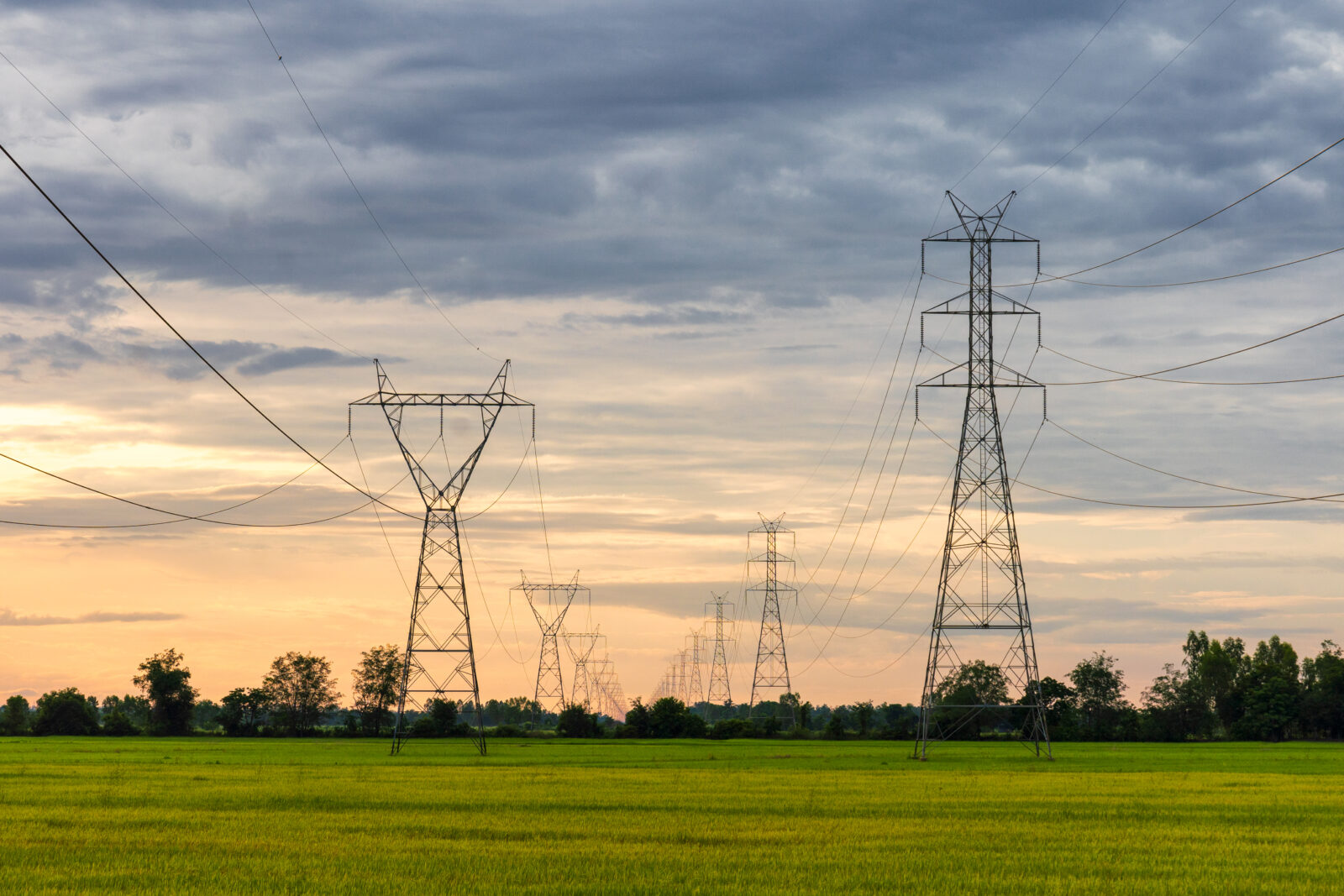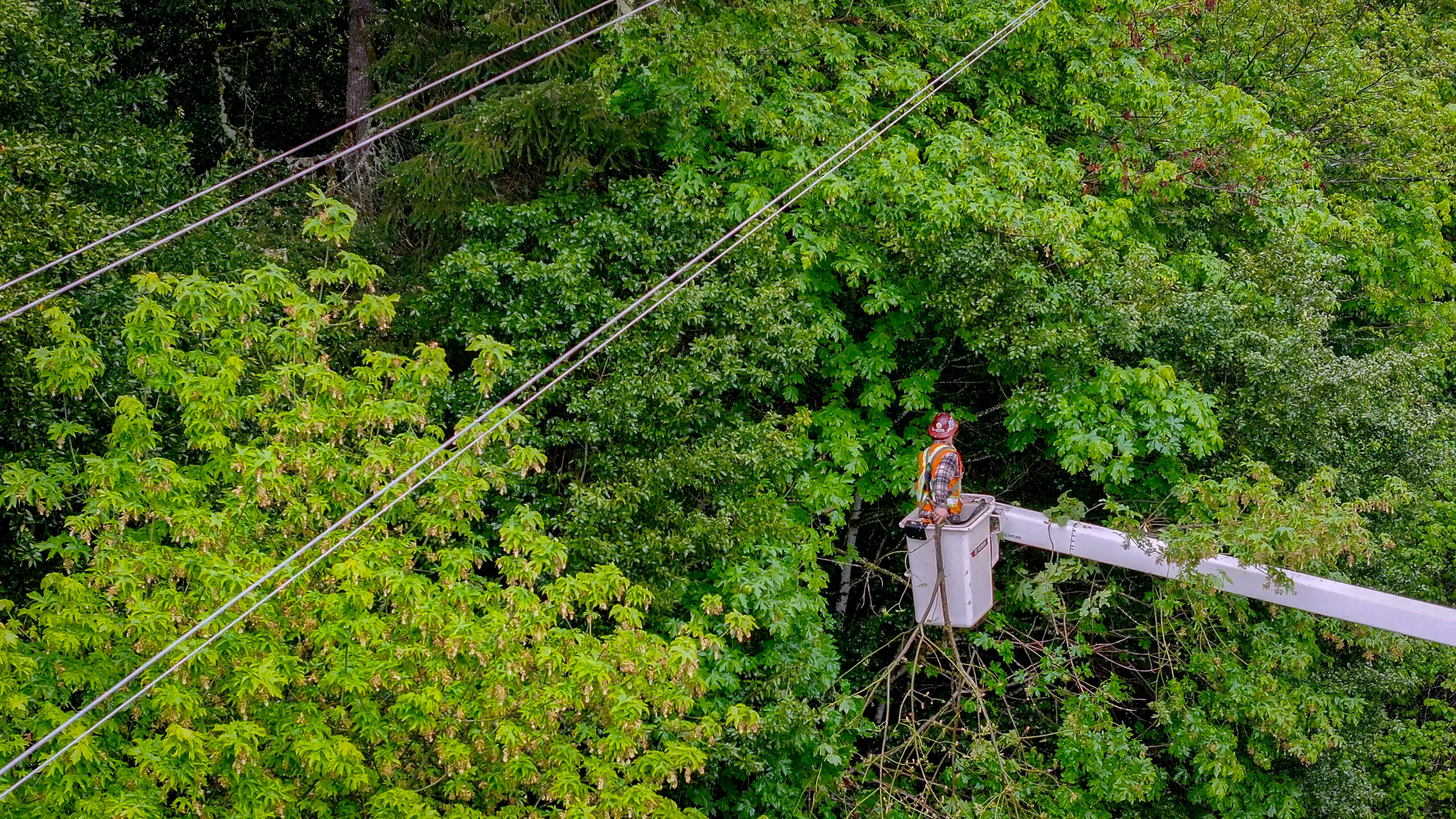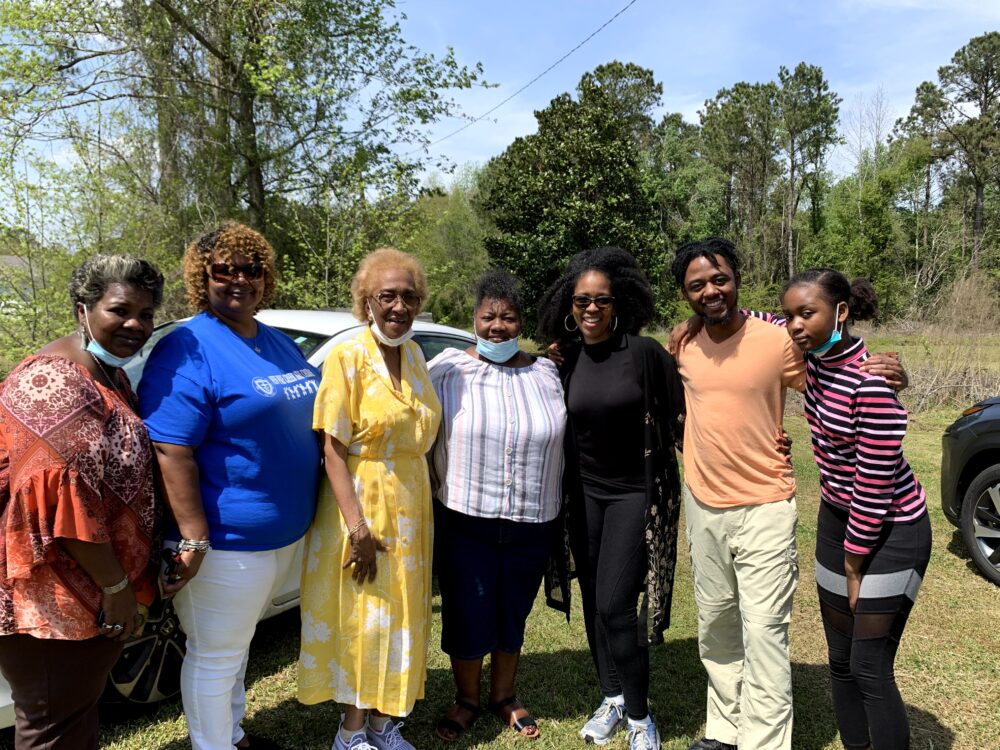We have much more to do and your continued support is needed now more than ever.
A New Path to Siting Energy Transmission
The Federal Energy Regulatory Commission’s Potential to Create Meaningful Change

Transmission towers, lines, and stations are crucial to moving energy from its source to homes and businesses. To fully unlock the potential of renewable energy, the United States must at least double its transmission capacity in the next decade. This may sound like a lot of time, but it can be a complicated and time-consuming process. The current grid is woefully outdated, and it is a bottleneck to ensuring clean, affordable energy flows to all communities.
Once in a century, there comes a moment where people can create real change: change that will positively transform our lives and society for generations to come. This moment is among some of the biggest in our nation’s history–like establishing standards to keep our waterways clean and the need to access environmental impacts before developing land–only this one focuses on our energy needs.
Interstate transmission presents an opportunity to center the needs and priorities of Tribal Nations, Indigenous Peoples, and environmental justice communities, drastically reduce planet-warming emissions, improve air quality, and implement a more reliable grid in the face of increasingly severe weather. The development of interstate transmission through agency rules that provide guidance on how to plan and pay for transmission projects as well as where to place them can create momentous change.
The History of Siting Transmission
The Federal Energy Regulatory Commission (FERC) regulates the interstate transmission of electricity and is vital in our expansion of renewable energy. Although states have the right to site and approve energy transmission projects, FERC historically had the ability to site these projects if states fail to do so through a process called “backstop siting”.
This authority was challenged in court back in 2011, ultimately diminishing the FERC’s authority to decide where energy transmission could be developed. and impeding the Department of Energy’s (DOE) efforts to designate corridors across the country for electric transmission. Since these court decisions, the FERC has not received any applications for permits to site electric transmission facilities, stunting our progress toward bringing more communities access to much-needed clean energy.
However, in 2022, the FERC proposed a rule to amend its existing regulations for permits to site interstate electric transmission facilities that would help the FERC exercise their backstop siting authority.

Recommendations for planning interstate transmission siting
This promotes a rigorous and efficient evaluation of the environmental impacts of a proposed project by identifying the information each permitting agency needs and communicating this information to developers as clearly and early as possible. To develop comprehensive, simplified, and cross-cutting review processes, the FERC must work closely with all permitting agencies, especially local offices of federal agencies. Here’s how:
The FERC must remove barriers so affected landowners, Tribes, and environmental justice communities can participate in both federal and state pre-filing processes. Any entity can engage in a permitting process by formally filing their concerns about the proposed project. This process is difficult and requires a lot of time and resources.
It can be especially difficult for Tribes and environmental justice communities who may not have the resources to fully engage in the process. The pre-filing phase is the one chance affected groups have to openly voice their concerns or questions about a particular project before the process moves on.
While the proposed process is faster, the FERC must clarify how that can also increase the burden on affected communities. One way the FERC can minimize these burdens is to require the permit applicant to include formal public comments in their proposals. This will ensure the FERC does not miss concerns from anyone affected who does not know or cannot participate in both the federal and state proceedings.
The FERC must require permit applicants to engage with landowners and inform them of their rights. The FERC can use eminent domain for a transmission project proposal. This can only occur if the FERC found the permit applicant made good faith efforts to engage with affected landowners and inform them of their rights. Under the new proposal, the FERC would hold applicants accountable by following a voluntary Applicant Code of Conduct. This is an opportunity for the FERC to create a clear process for permit applicants, which can expedite the review of the application.
As a part of the mandatory environmental impacts review, the FERC must require permit applicants to provide reports on environmental justice, Tribal resources, and air quality and environmental noise. Environmental justice communities and Tribes have carried the burden of supporting, but not benefiting, from the nation’s power grid for over a century.
The environment and wildlife have also been scarified in many states at the cost of an electrified grid reliant on fossil fuels. It is time for the FERC to change this reality to foreground the needs and priorities of Tribes, environmental justice communities, wildlife, and the environment. When the FERC begins its review process of a permit application, each of the aforementioned reports are poised to make this a reality.
The FERC must apply a robust cumulative impacts analysis in the environmental review process with clear evaluation methodologies. This means the Commission’s review of permit applications must be informed by the most up-to-date data and best available science, including Indigenous Knowledges and information from communities with practical knowledge.
To meet the interdependent needs of wildlife and people in a rapidly changing world affected by climate change, our power system requires resilient and reliable interstate transmission facilities. The Commission must ensure these facilities are developed with robust Tribal consent, local community, and environmental and climate scientists’ engagement.





















